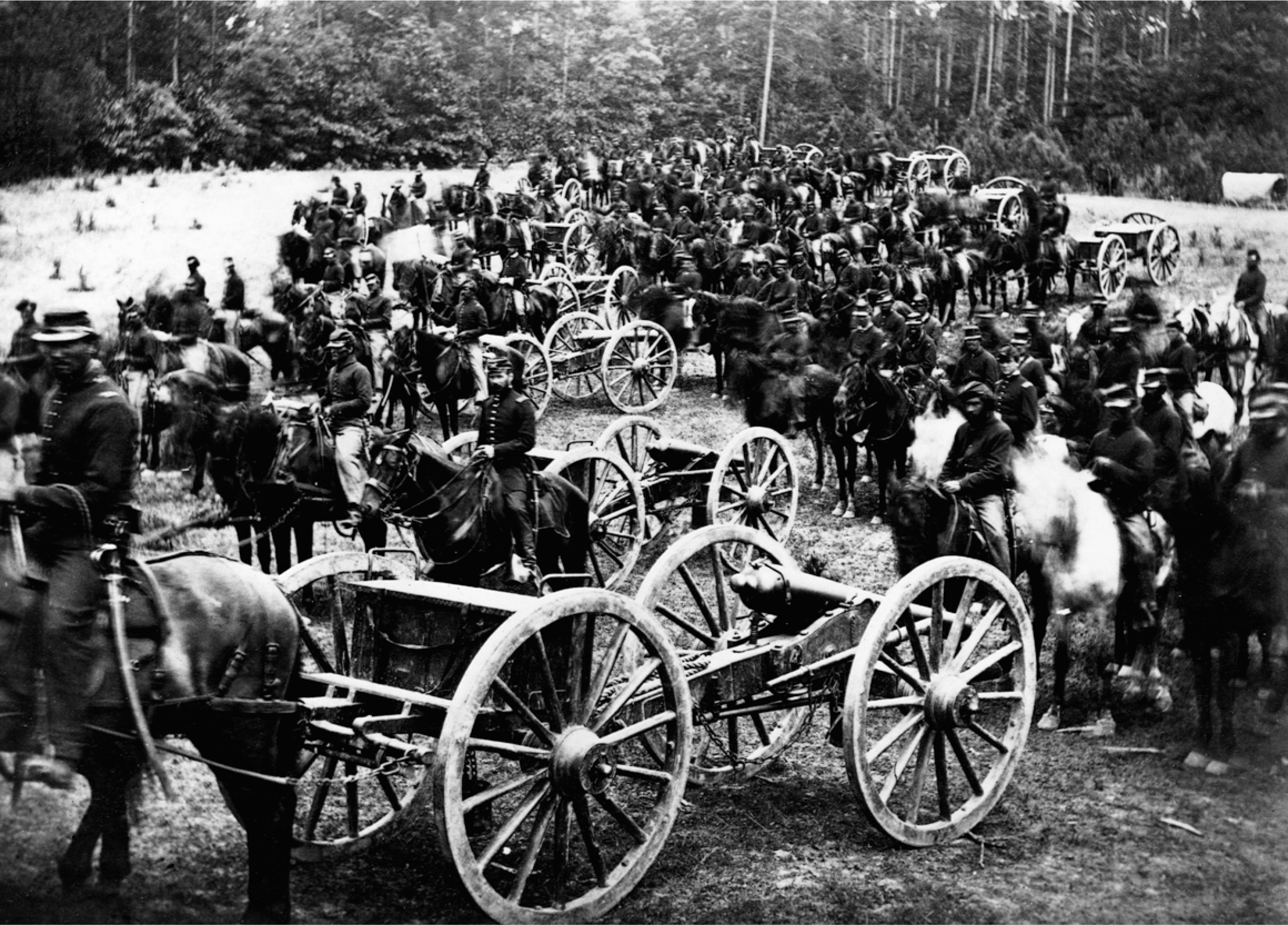The North at War
Although little fighting took place on northern soil, almost every family had a son, husband, father, or brother in uniform. Moreover, total war blurred the distinction between home front and battlefield. As in the South, men marched off to fight, but preserving the country was also women’s work. For civilians as well as soldiers, for women as well as men, war was transforming.
The need to build and fuel the Union war machine strengthened the federal government and boosted the economy. The Union sent nearly 2 million men into the military and still increased production in almost every area. But because the rewards and burdens of patriotism were distributed unevenly, the North experienced sharp, even violent, divisions. Workers confronted employers, whites confronted blacks, and Democrats confronted Republicans. Still, Northerners on the home front remained fervently attached to the Union.
